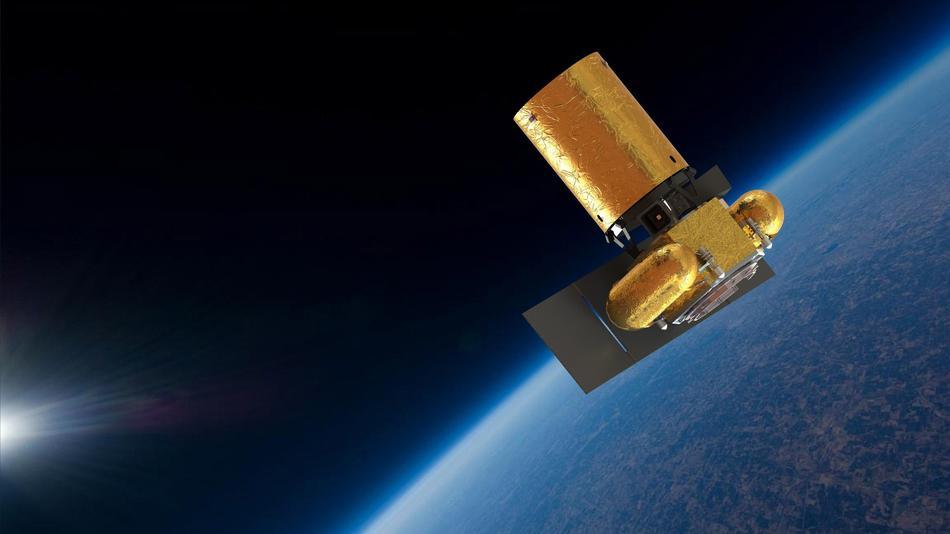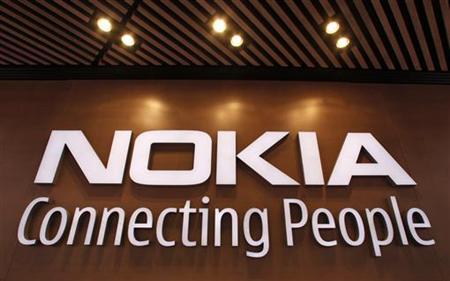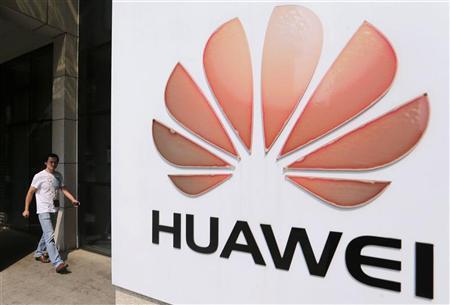 Private asteroid mining company Planetary Resources today unveiled its plans for the world’s first publicly accessible space telescope, the Arkyd.
Private asteroid mining company Planetary Resources today unveiled its plans for the world’s first publicly accessible space telescope, the Arkyd.
Similar to Hubble, Arkyd is designed to take high-resolution photos of deep space, like the famous eXtreme Deep Field — the farthest view into the universe ever recorded.
SEE ALSO: How Hubble Snaps Those Amazing Space Images
However, unlike Hubble — accessible only through a highly competitive selection process in which experts pick 200 proposals per year — Arkyd will be open to the public for personal interest and research. That means students in primary classrooms would be able to access it for an astronomy lesson, for example.
Eric Anderson, the co-founder of Planetary Resources, describes the telescope as a tool for unprecedented access to history-making exploration.
“We are putting a webcam on the shoulder of Christopher Columbus as he explored the new world,” Anderson said. “You are literally going to have the chance to see and feel and listen to what it’s like to explore the solar system.”
The company is working with Virgin Galactic, which is currently developing small satellites for low-Earth orbit, to launch the telescope. Planetary Resources is also eyeing the Museum of Flight in Seattle as a possible construction site for parts of Arkyd, opening up the building process for public display.
“Our goal is to democratize the access to space,” said co-founder Peter Diamandis. “This stuff has been, for decades, militarized and very expensive.”
Planetary Resources is using Kickstarter to raise money for Arkyd, a name inspired by Star Wars. Just two hours after its Wednesday launch, the project had more than 700 backers pledging more than $96,000, and that number continues to tick up every minute.
Backers can pledge as little as $1. Supporters who pledge more will gain access to special perks like pointing the telescope to a location of your choice ($200) or uploading your own video into orbit ($2,500).
With 32 days to go, Planetary Resources needs $1 million to build, launch and support Arkyd — a fraction of the amount it took to build current space telescopes, such as the $1.5 billion Hubble.
Although Planetary Resources is not affiliated with NASA, the space agency does support the idea of private companies lending their expertise and innovation to the industry.
“The nation’s space policy is aimed at creating an environment where commercial space companies can build upon past successes, allowing NASA to focus on the administration’s ambitious path for deep space human exploration, which includes sending humans to an asteroid for the first time and on to Mars,” NASA spokesperson David Weaver told Mashable via email.
“The increasing number of private U.S. companies attempting to push the boundaries of space shows the wisdom of that policy.”
While the public will be able to use Arkyd for personal experiences, Planetary Resources won’t let all that acquired data go to waste. According to Diamandis, it will later be used for data analysis on asteroids and to develop open, crowdsourced hardware and software.
Planetary Resources is a private company with a primary focus on mining asteroids. Last year Diamandis and Anderson said they expected to prospect near-Earth asteroids rich in precious metals by the end of 2013. Since then, Planetary Resources has more than doubled its engineering team.
The company boasts a roster of high-profile supporters, including Richard Branson, Bill Nye and Star Trek’s Brent Spiner and Rob Picardo. Larry Page and Eric Schmidt are also notable investors.
Source : Mashable





































